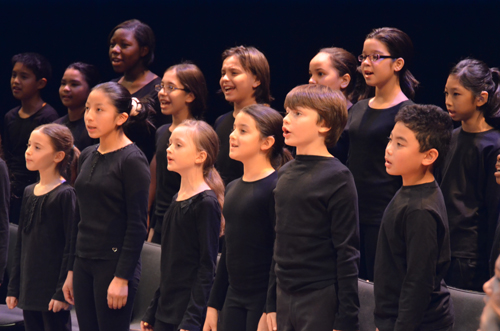
I know when I have experienced a miracle: getting the opportunity to meet Andrew Lloyd Weber in the 1980’s to talk about the talent of an unknown artist named Sarah Brightman who was to headline in a Lloyd Weber production called Song and Dance; sitting next to Jim Henson as he spoke about his vision for his follow up to The Muppets – a little show called Fraggle Rock; sendo tomadas pelos meus amigos Suzan e Jerry Kremer ver um jovem maestro carismático chamado Francisco Nunez inspirar um pouco de chorus diversificada conhecido dos jovens para cantar a música que foi tão inspirador como foi corajosamente diversificada.
Como eu sei que eu tenho testemunhado um milagre? I get goose bumps. I feel I am in the presence of genius. And so far the goose bumps have not let me down. None of the aforementioned artists failed to raise the bar in their illustrious careers and deliver creative contributions to the arts that I believed the world would enthusiastically embrace.
Twenty-three years since its beginning, Nunez’s Young People’s Chorus has become one of the most influential and honored choruses in the world. No processo de, it has introduced millions of listeners, jovens e idosos, a boa música em todo o espectro, inclusive os mais recentes composições de vanguarda. Colaborações com compositores conceituados, performers, e as instituições têm causado tanto o mundo das artes e do mundo da educação para se maravilhar com os milagres que Nunez tem realizado com um grupo de jovens músicos para se tornar “um modelo nacional de excelência e diversidade artística,” de acordo com o Comitê do Presidente sobre as Artes e Humanidades.
Então, o que está próximo?
Outro milagre é claro.
Nunez commissioned a new opera aptly called Milagre! from composer/conductor Victoria Bond and librettist Susan L. Roth, an author and illustrator of children’s books. Milagre!, told in song and dance, is the story about the miracle of Hanukkah. It features original music as well as traditional Hanukkah melodies. The opera’s eight principals include feisty children, wise parents and grandparents, not to mention a singing dog and toy bear. A packed house of enthusiastic families at the Jewish Community Center workshop in Manhattan last weekend exclaimed it a hit. Young People’s Chorus Assistant Conductor Sophia Miller guided the cast of approximately 30 school children ranging in age from 7 – 12 through the production as the audience laughed, sang along and applauded the joyous holiday opera.
Próximo, The Young People’s Chorus of New York City is planning a full blown production with orchestra, sets, and costumes for December, 2012. Victoria and Susan explain they will “continue to polish and refine the opera.” It will be orchestrated as there is interest from other opera companies to include it in their winter season. As the new opera Milagre! continues its journey to win hearts and transform the musical education of children, I welcomed the opportunity to chat with Francisco, vitória, and Susan about the contribution of this important new operatic work to the world of music education.
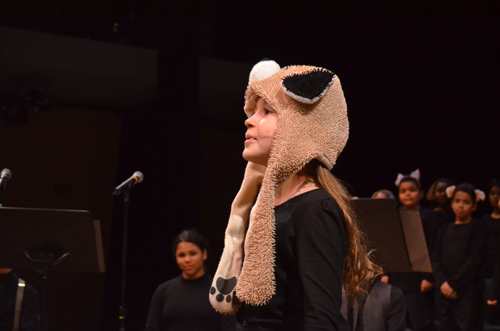
Francisco, I didn’t know young children’s voices could handle “opera”. What are the big differences between a children’s opera versus a children’s musical?
It isn’t unusual for children to sing in opera. They have been doing that for years either as characters in operas of well-known composers or those written specifically for children, tal como Brundibar by Czech composer Hans Krasa. The big difference between an opera and a musical is that generally in opera everything is sung. In a musical there is spoken dialogue.
What special training, disciplina, and preparation do young children need before they can sing opera?
These children are already trained singers, but in opera, singers need a lot of breath, as well as coaching in acting and reacting. For the opera, we needed to work with each of the eight soloists (mother, pai, grandmother, grandfather, daughter, son, dog, and toy bear) individually to learn to project and to act a role. We worked with them to learn how to communicate the story while singing and reacting to each other’s characters.
Why did you feel it was necessary to commission an opera versus a musical?
I feel that children should be exposed to opera and the art of opera. I want them to be engaged in this sophisticated art form. From singing this kind of music, they learn different singing techniques.
Susan and Victoria, why is opera such an important art form for young children’s music education?
Susan and I believe that opera encompasses all of the arts. In an easy and natural way it exposes children to music, dança, costume and stage design, drama, história, e poesia. Such an intense experience of opera at an early age can encourage a life-long appreciation.
vitória, why do you believe Milagre! will have universal appeal?
Children of every background and ethnicity have a similar issue – getting along with each other. Milagre! addresses this as the children begin (na ópera) argumentando e não escuta. Eles planejam uma peça de teatro que comemora Hanukkah, mas eles não podem concordar em nada. Durante o curso da ópera, eles aprendem a ouvir histórias e músicas um do outro, e eles começam a tornar-se mais tolerante e compreensivo. Hanukkah é uma celebração da luz, e Milagre! é sobre como que a luz apaga-se na cabeça de cada criança, provérbio, “Precisamos conviver com nossos pais, nossos irmãos e irmãs, e nossos amigos.” A história também representa trazendo comunidade juntos.
Susan, what are your thoughts on the universal appeal of Milagre!?
eu acho que Milagre! tem um apelo universal porque é uma história a cada familiar. Para nós, a verdadeira mensagem é de compreensão da família e do amor subjacente. Esperamos que Milagre! pode lembrar a todos, incluindo aqueles de nós que têm crescido com outras tradições, que em todos os momentos, incluindo os da frustração momentânea e irritação, é com bondade e generosidade e tolerância que devemos tratar aqueles a quem amamos o melhor.

C. M. Rubin é o autor da série on-line amplamente lido, A Pesquisa Global para a Educação, e também é o autor de três livros mais vendidos, Incluindo The Real Alice no País das Maravilhas.

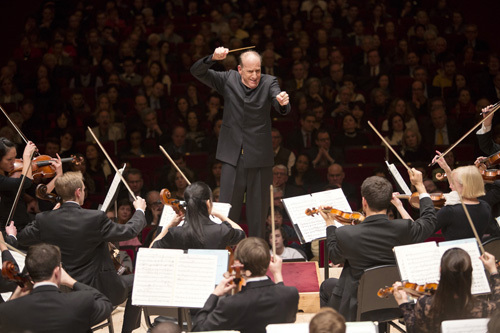
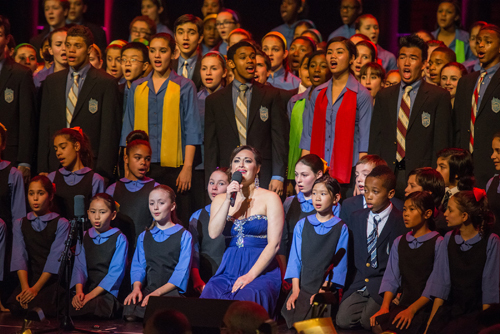
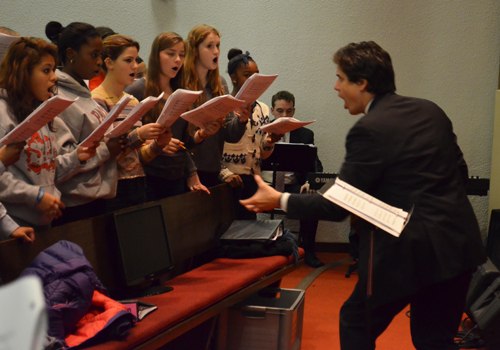
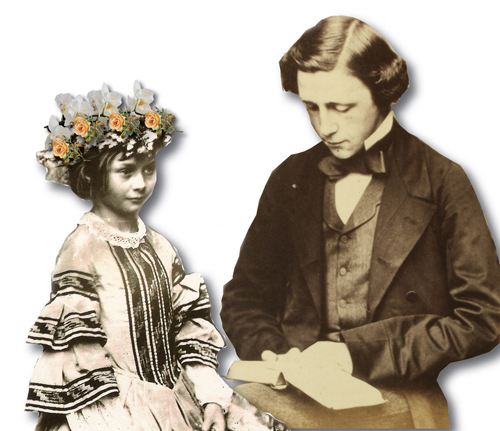
Comentários Recentes